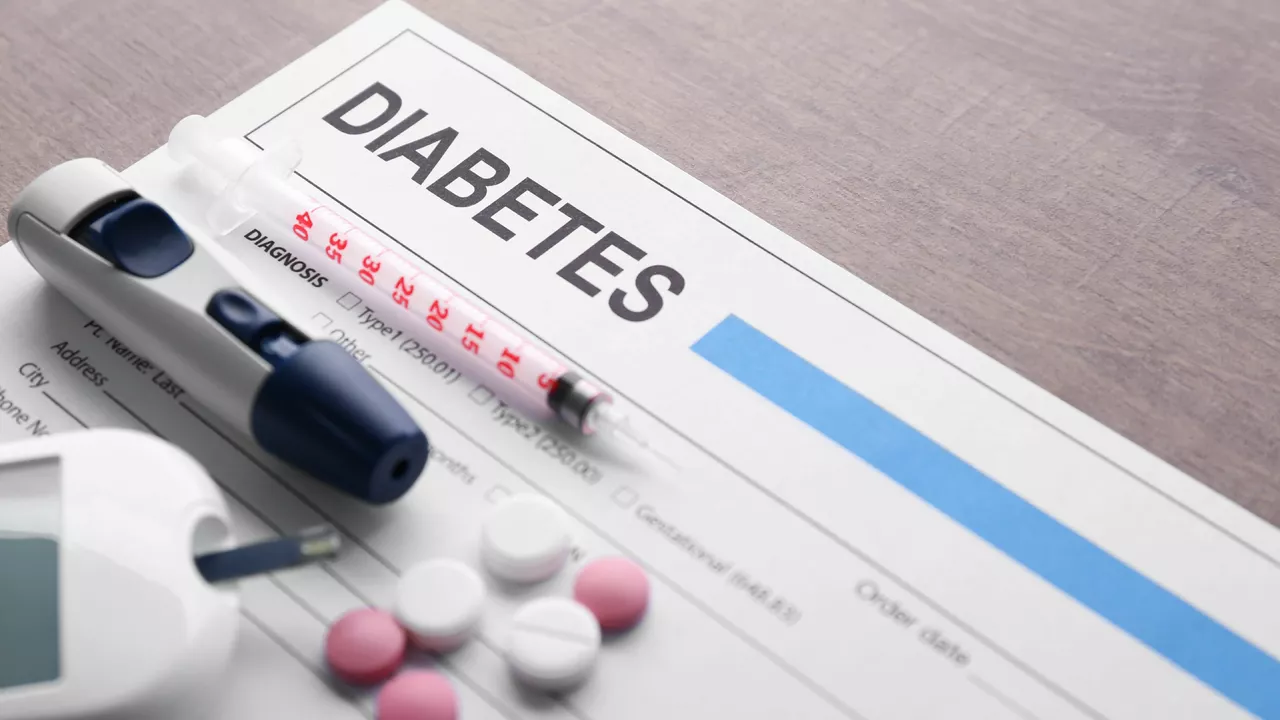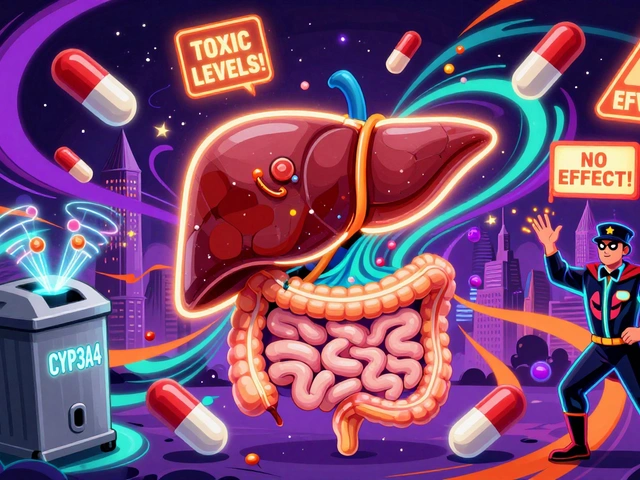Regular medical check-ups: what to expect and how often
A regular check-up keeps small problems from becoming big ones. Think of it as basic maintenance for your body.
Who needs them? Almost everyone. Kids should see a doctor for routine shots and development checks. Adults need check-ups based on age, sex, medical history, and risk factors like smoking or high blood pressure.
How often? A simple rule: once a year for most adults. If you have chronic conditions such as diabetes, heart disease, or asthma, expect more frequent follow-ups. Your doctor will tell you.
What happens during a check-up?
Expect a quick health history review, basic vitals (blood pressure, pulse, weight), and a physical exam. The doctor may order blood tests for cholesterol, blood sugar, or kidney function depending on your age and risks. For women, pelvic exams and Pap smears or mammograms may be due. Men might discuss prostate screening based on age and family history.
How to prepare
Bring a list of medicines, past surgeries, and any symptoms you’ve noticed. Write down questions so you don’t forget them in the room. If you have home readings like blood pressure or glucose logs, bring those too. Wear clothes that make a quick exam easy.
Ask these simple questions: What screening tests do I need? How often? Are my meds still right? What lifestyle changes should I try? How do I track my blood pressure or symptoms at home?
Insurance and costs matter. Check which services your plan covers before the visit. Many basic tests are covered, but specialized scans or extra blood work can cost more. If cost is a concern, ask about cheaper lab options or community clinics.
Don’t skip follow-ups. Tests sometimes need repeats or treatment plans need tweaks. Use the visit to set clear next steps and timelines. That keeps small problems from turning into long-term issues.
Telehealth is okay for simple follow-ups like discussing blood results or medication changes. But for new symptoms, high blood pressure, or physical exams, an in-person visit is better.
Keep a personal health record, either an app or a notebook. Track vaccinations, screenings, and major test results. When you know your numbers and history, check-ups become fast and useful.
Basic screening checklist by age helps you plan. From 20s to 30s focus on vaccines, sexual health, and blood pressure checks every few years. From 40s, add cholesterol and blood sugar checks yearly and cancer screenings like colonoscopy starting around 45. Women should discuss mammograms and cervical screening with their doctor. After 65, bone density and more frequent checks may be needed. If you have family history of early heart disease, cancer, or genetic conditions, start testing earlier. Also enroll in smoking cessation or weight loss programs if recommended—preventive programs cut future risks.
Watch for red flags: sudden weight loss, chest pain, shortness of breath, fainting, severe headaches, or uncontrolled blood sugar. If any appear, get care. Keep test dates and results in one place so follow-ups are easy to schedule.
Diabetic Gastroparesis: The Importance of Regular Medical Check-ups
In my latest blog post, I dove into the topic of Diabetic Gastroparesis, a condition where your stomach can't empty food properly. It's particularly common in people with diabetes. Regular medical check-ups are crucial in this context, as they can help monitor the condition and adjust treatment plans as needed. The post emphasizes the importance of not ignoring any symptoms and seeking medical advice promptly. Regular consultations with your doctor can significantly manage this condition, helping to improve your quality of life.





